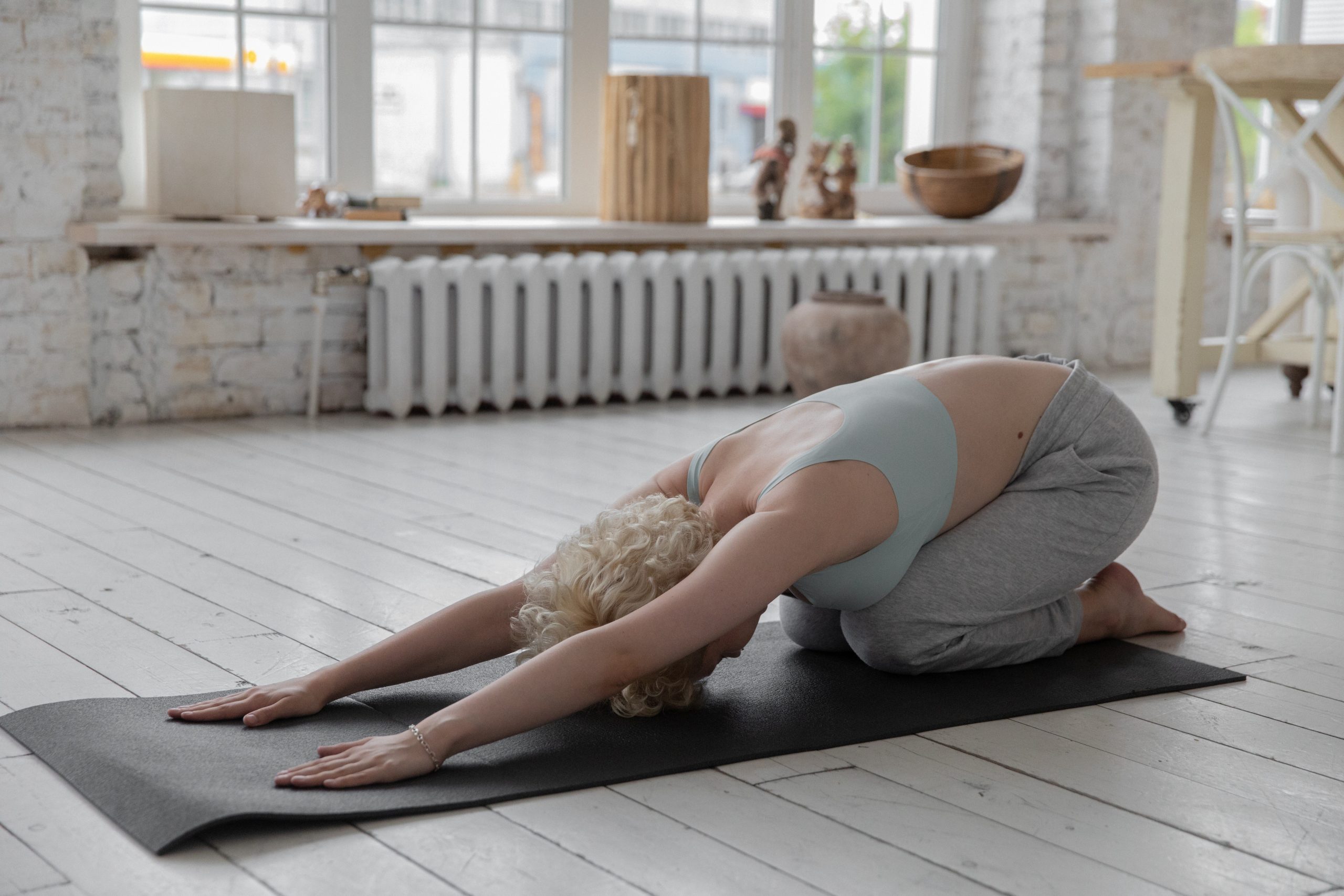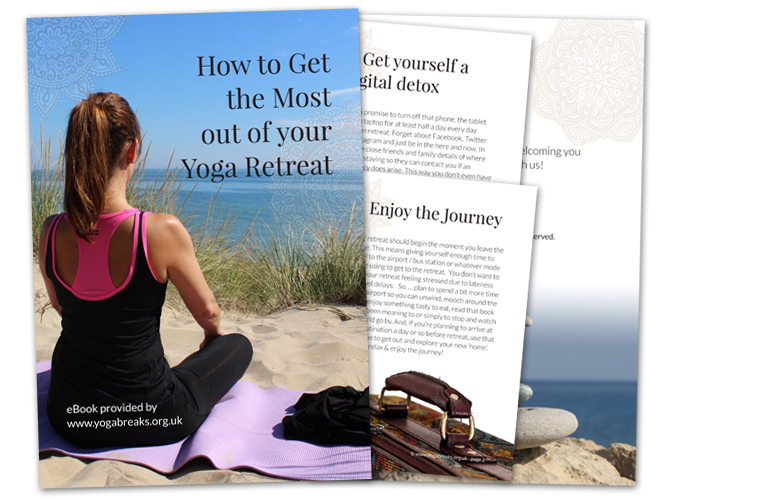
Sooner or later we all need a new yoga mat.
Whether it’s to replace your trusty old mat that’s wearing thin or, you’re a keen beginner & have decided that, actually, you quite like yoga and want to buy your own mat rather than use the communal ones at the studio.
Either way, there’s a zillion yoga mat options to choose from so how do you know which one to buy?
Worry not! we’re here to make the process of choosing the best yoga mat for you a whole lot easier by sharing the key features you should consider when researching your options. So let’s get to it! ….
- Thickness. Most yoga classes take place on a hard floor so a thin mat will not give you much cushioning (comfort) body hence we suggest an absolute minimum thickness of 6mm. You’ll find thicker ‘exercise’ mats for sale but these can be way too spongy meaning you’ll wobble in standing balances & inversions – not great. And, unless you absolutely need a lightweight mat that folds up to a small size, avoid travel mats as they can be pretty thin & provide very little cushioning or stickiness (see ‘material’ below for more on this.)
- Material. You’ll discover that yoga mats are made from different materials – PVC, cotton, jute, rubber, cork are the most frequently found. However, there’s two key things you should consider when choosing the material for your mat:
a) how ‘sticky’ is it – you don’t want your hands or feet to be sliding away beneath you in poses. And, to be honest, cotton, jute & most cork mats aren’t that sticky. Rubber or PVC offer the best stick-ability.
b) how durable is it – how long is it going to last before it breaks up/wears thin? Rubber is super durable whereas PVC eventually tends to flake.
However! PVC mats are not considered eco-friendly as they’re hard to recycle – they don’t disintegrate unlike natural materials. So, if you’d like to be considerate to the Earth, choose a natural material such as recycled rubber, jute, cotton or cork. The mat we use for our own yoga practice is recycled rubber – however, read on regarding mat weight!
- Mat Weight. If you’re going to be carrying your mat around to classes then mat weight is pretty important. Generally, any mat weighing over 2.5kg is on the heavy side & is best suited to a home yoga practice. In our experience a rubber mat is the heaviest of all mats. The acceptable weight is going to be different for everyone so its best to choose a weight that you’re comfortable with bearing in mind how often/how far you need to carry it. A carrying strap or yoga mat bag is a really wise investment. Not only do these keep your mat neatly curled up during transport & storage but they help distribute the mat weight across your back and mean you can be hands free too!
- Mat Size. The average mat is 180 cm long x 64cm wide however, if you don’t like touching a cold hard floor when you spread out your limbs in savasana choose a wider mat – some are available up to 90cm side. And for the tall yogi’s, the rule of thumb is to choose a mat that is 15cm taller than you are.
- Price. Ah, the trickiest of all to answer! You’ll see mats anywhere from £20 to over £100 and to be honest, the best advice we can give is this … if you plan to practice yoga regularly pay as much as you can afford. In most cases paying a higher price means the mat will last longer & is less likely to flake – which tends to happen eventually with cheaper mats. Typically, a PVC mat is at the low end of the price range whereas the eco-friendly ones are at the upper end. Of course, you’ll pay more for a brand name, unusual design, logo, thickness and any ‘special’ properties the mat has such as being anti-microbial.
Where to Buy your Yoga Mat?
To save you spending hours researching individual brands & their websites, we’ve gathered together a short list of companies that offer a wide choice of brands, eco & non eco mats, various lengths, widths & prices:
If you’re wondering what to do with your old yoga mat we’ve got this covered too here.
Good luck!
Other posts you might like:
What to do with your old yoga mat

